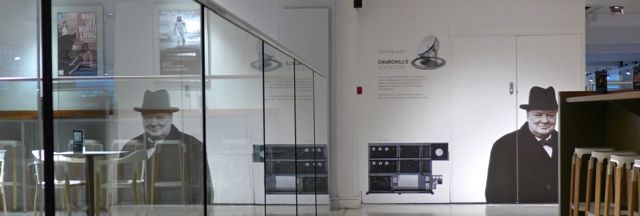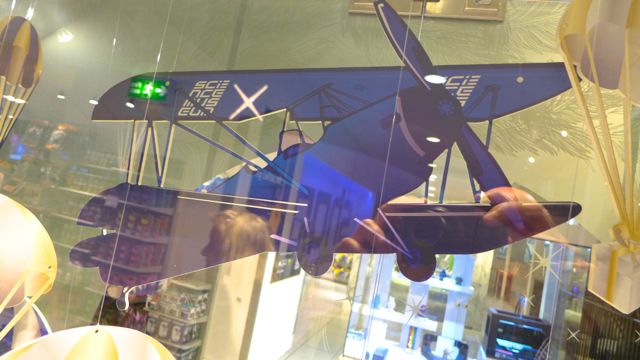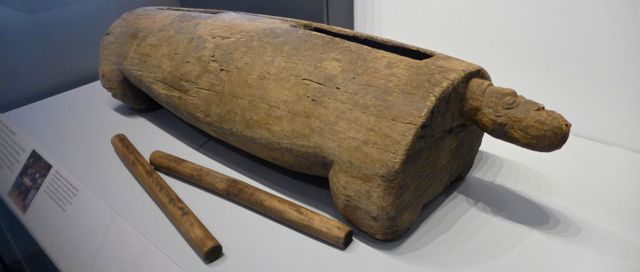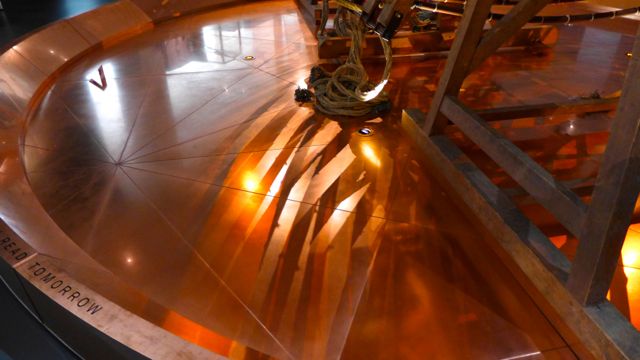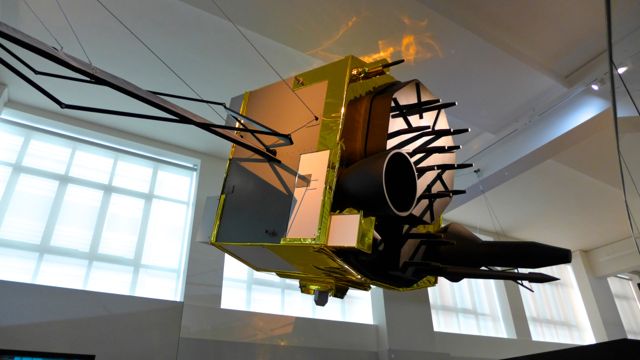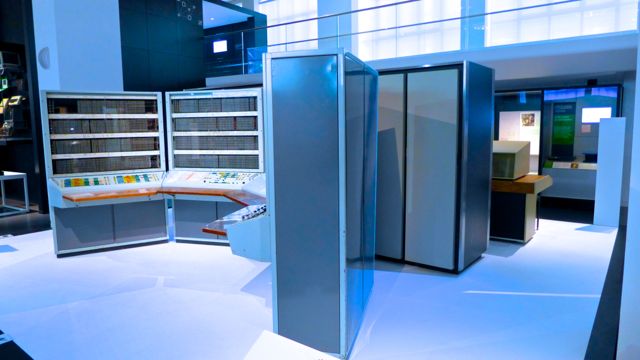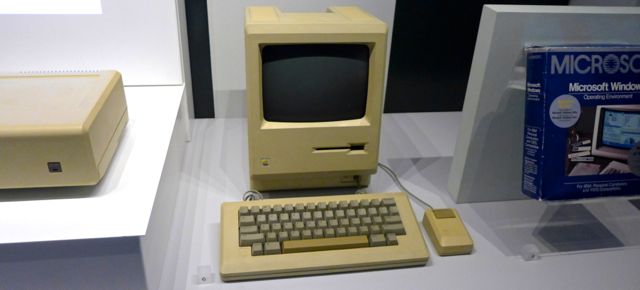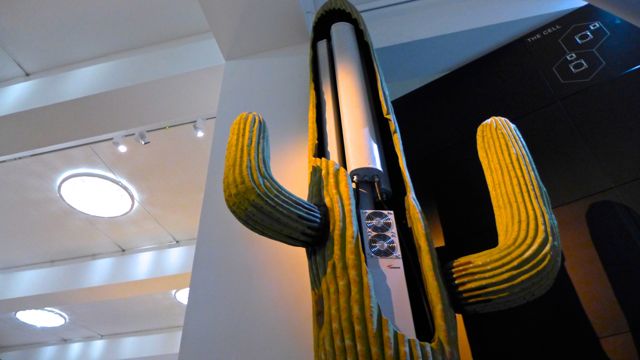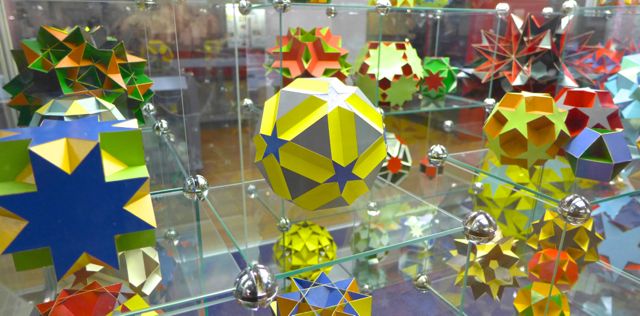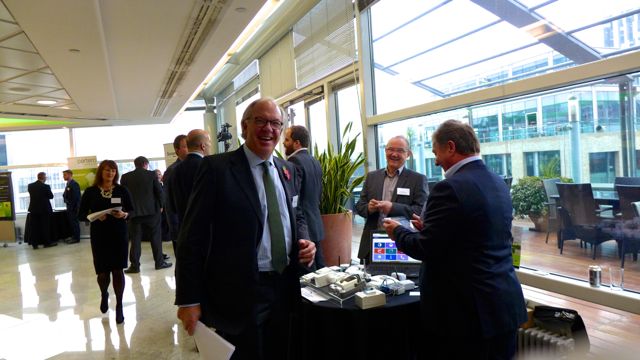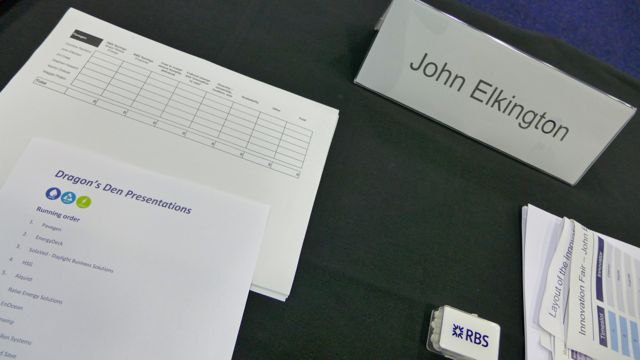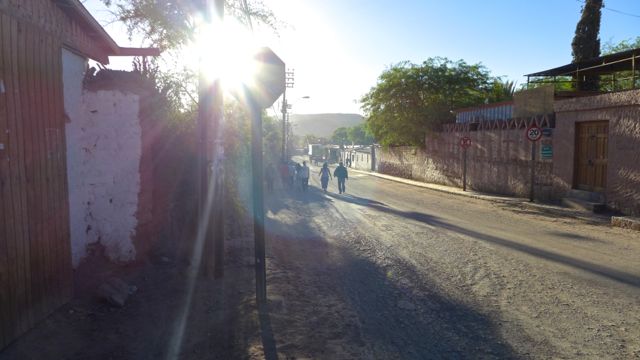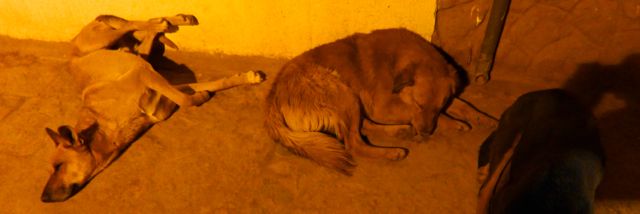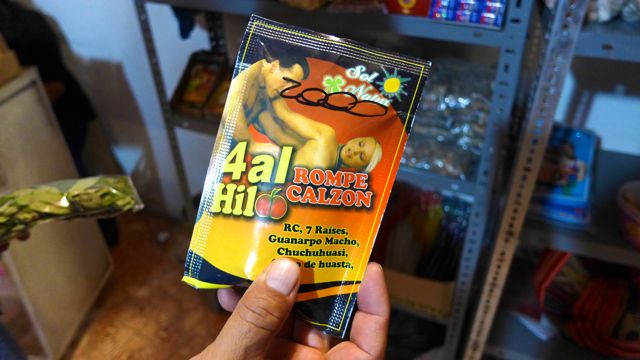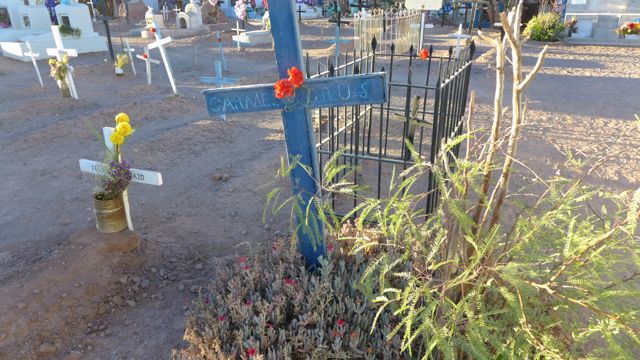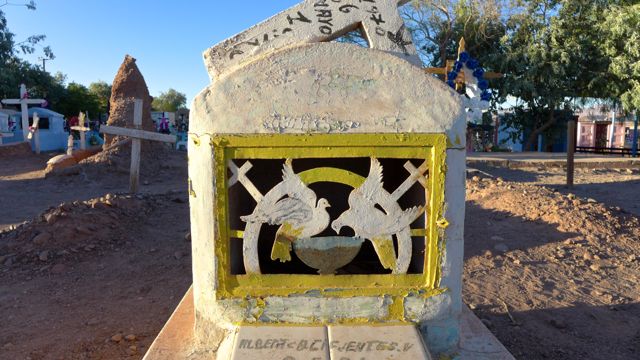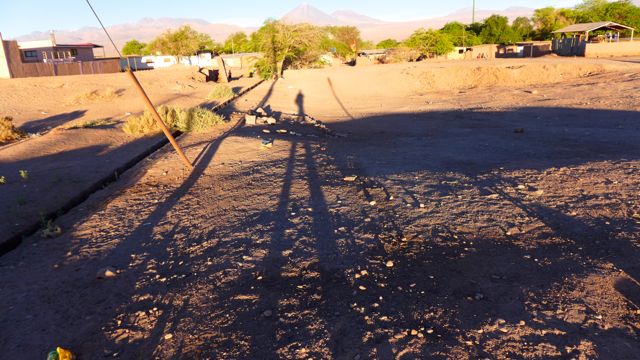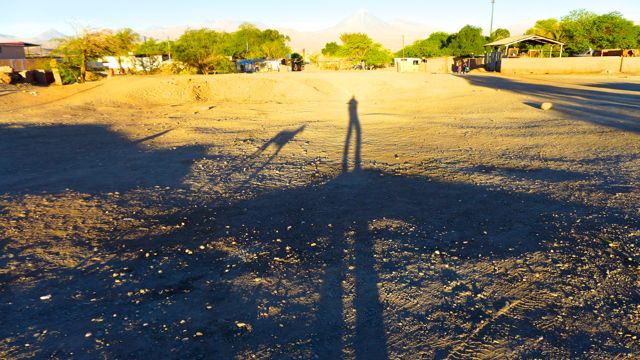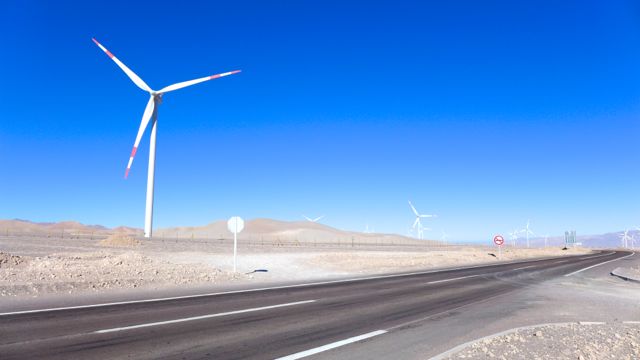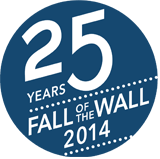Just in to New York for a couple of days whizzing around – and am preparing comments for an evening hosted by my literary agent, Doris Michaels, at her home by Central Park on Tuesday. It’s virtually her swan-song, because she is handing over to Sheree Bykofsky. And in the process of thinking through what I would say, I recalled reviewing a barrowload of sustainable business books for strategy + business magazine a month or two back, the results of which process are now on their website.
It made me realise that the three books I have done with Doris – The Power of Unreasonable People (2008), The Zeronauts (2012) and The Breakthrough Challenge (2014) – have been, in effect, a trilogy. The first largely looked at people attempting the impossible outside the business mainstream, the second largely at people attempting it inside, and the third largely looks at what we now need to do to the rules of the market game to ensure that all aspects of capitalism now jump to a different level.

